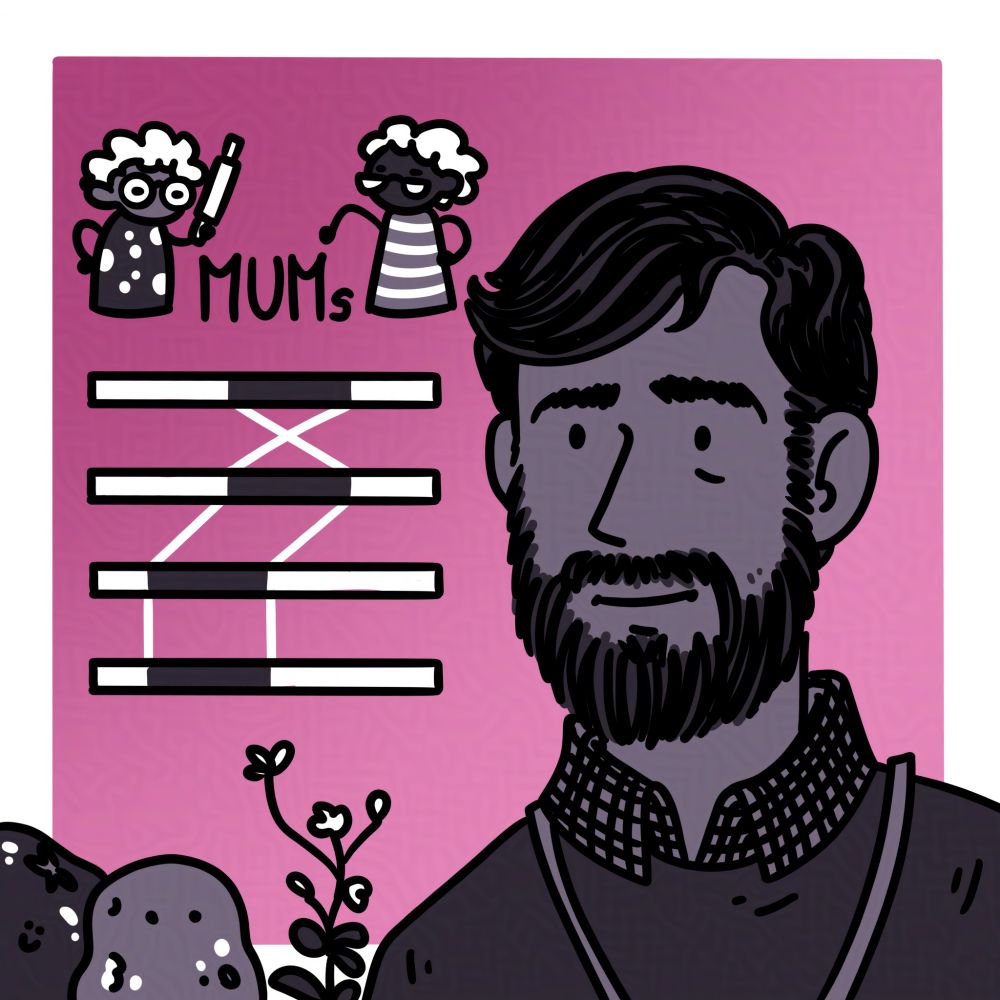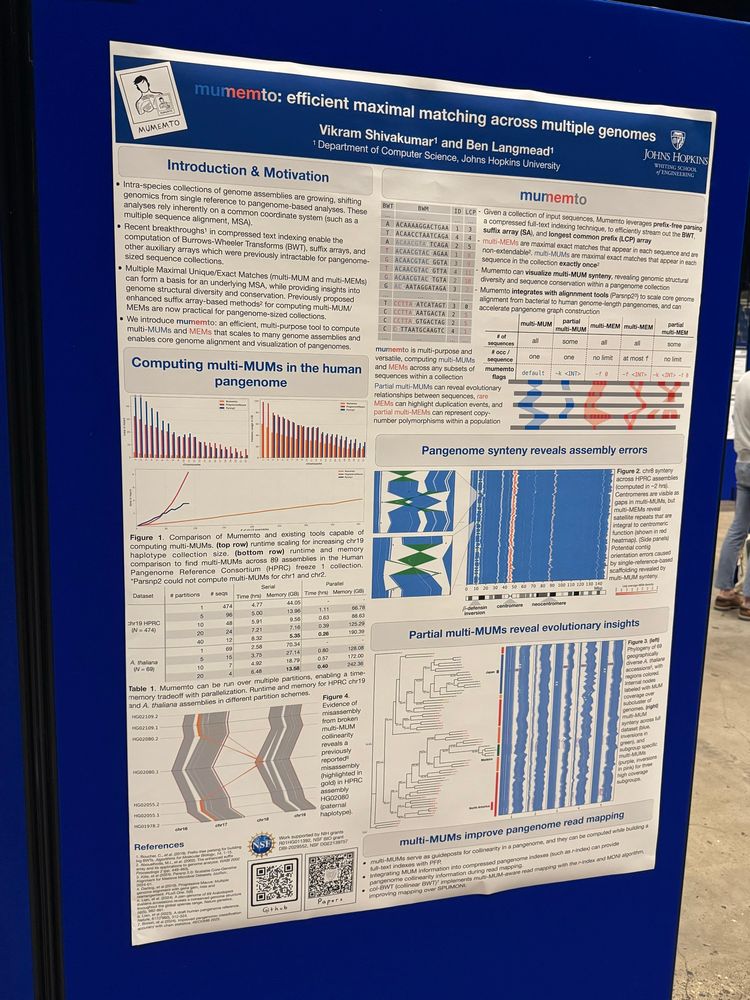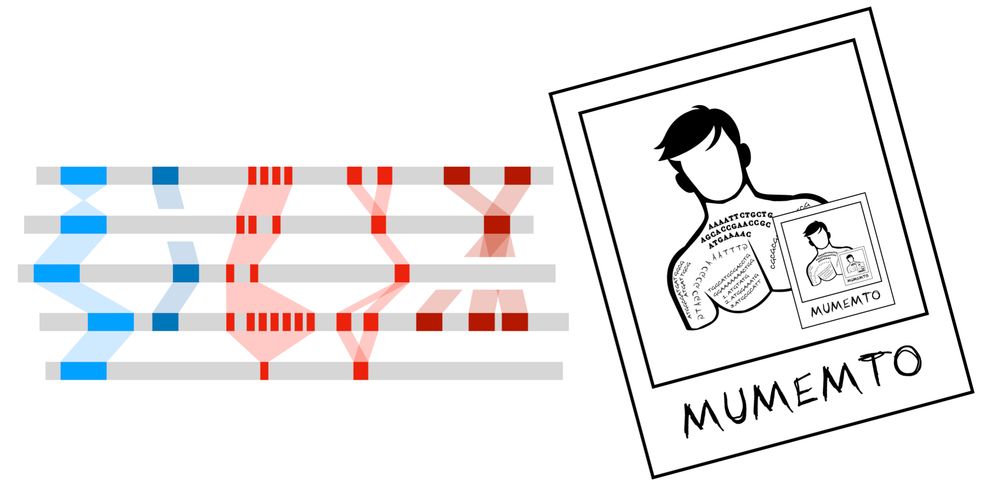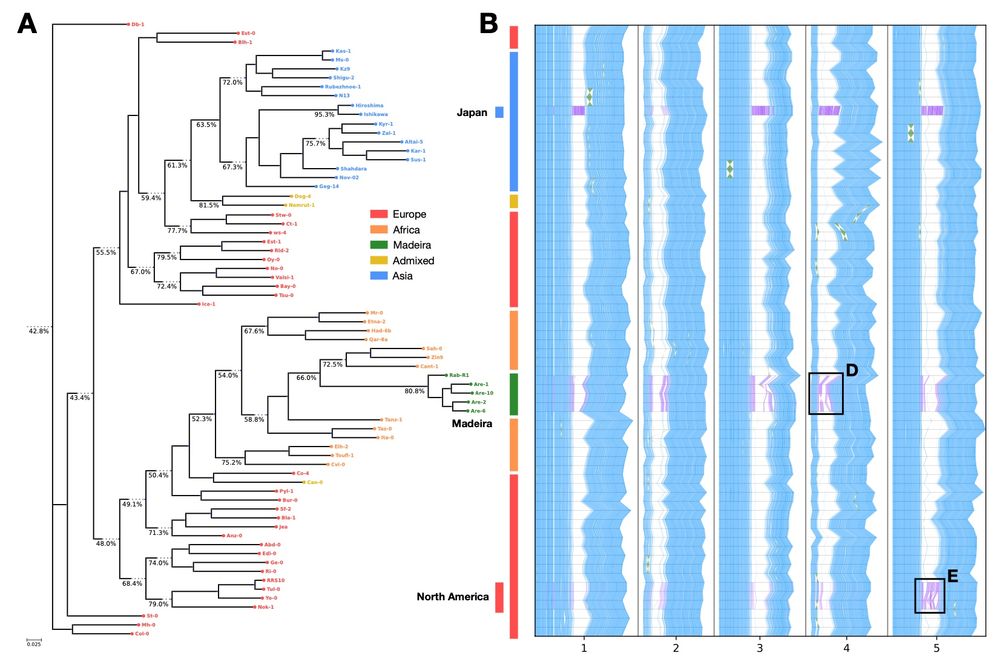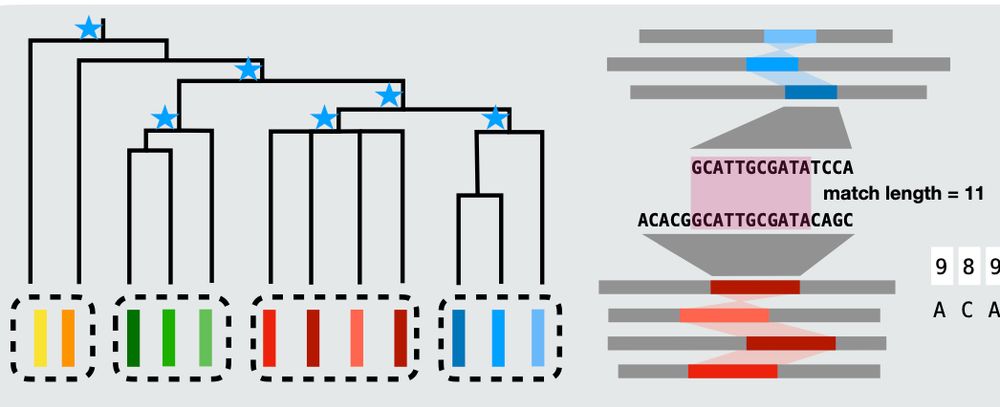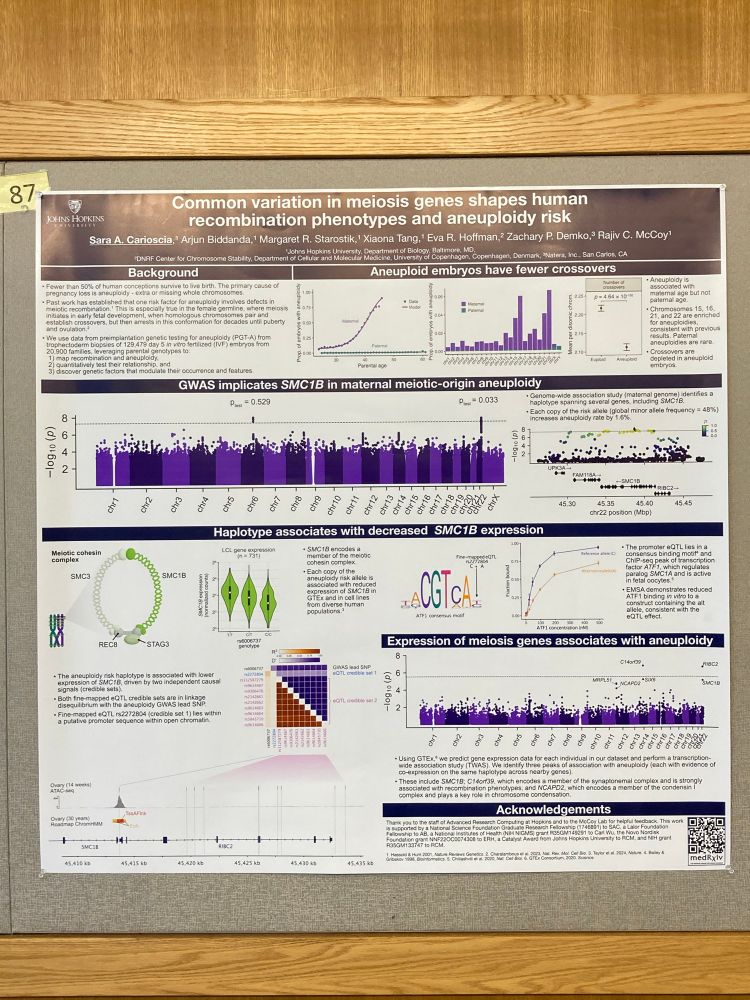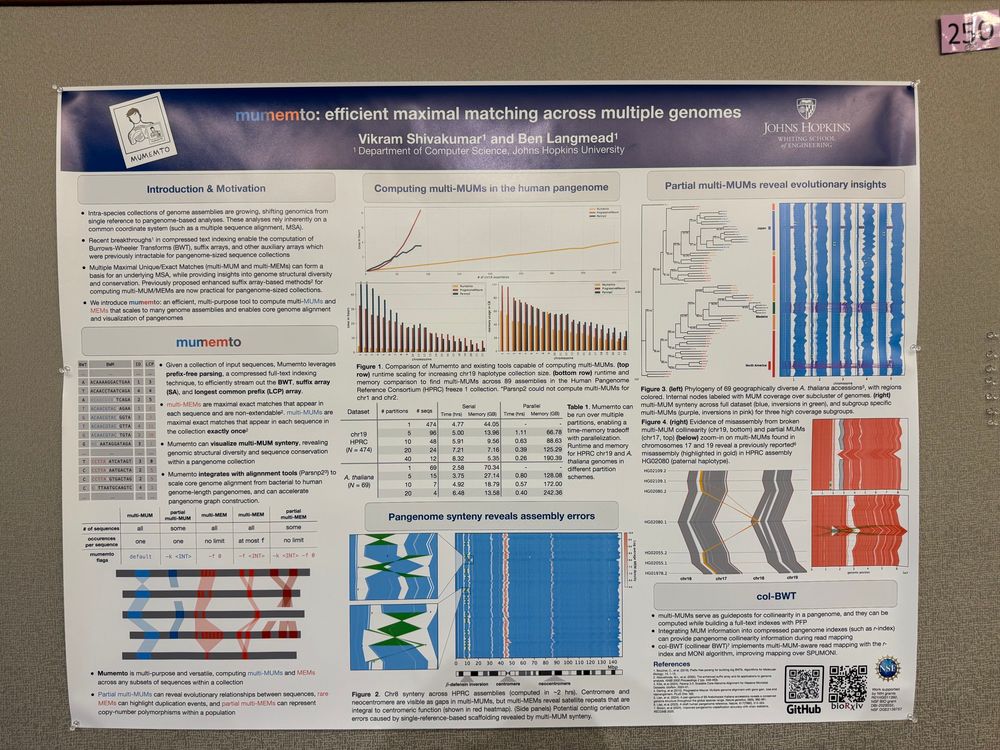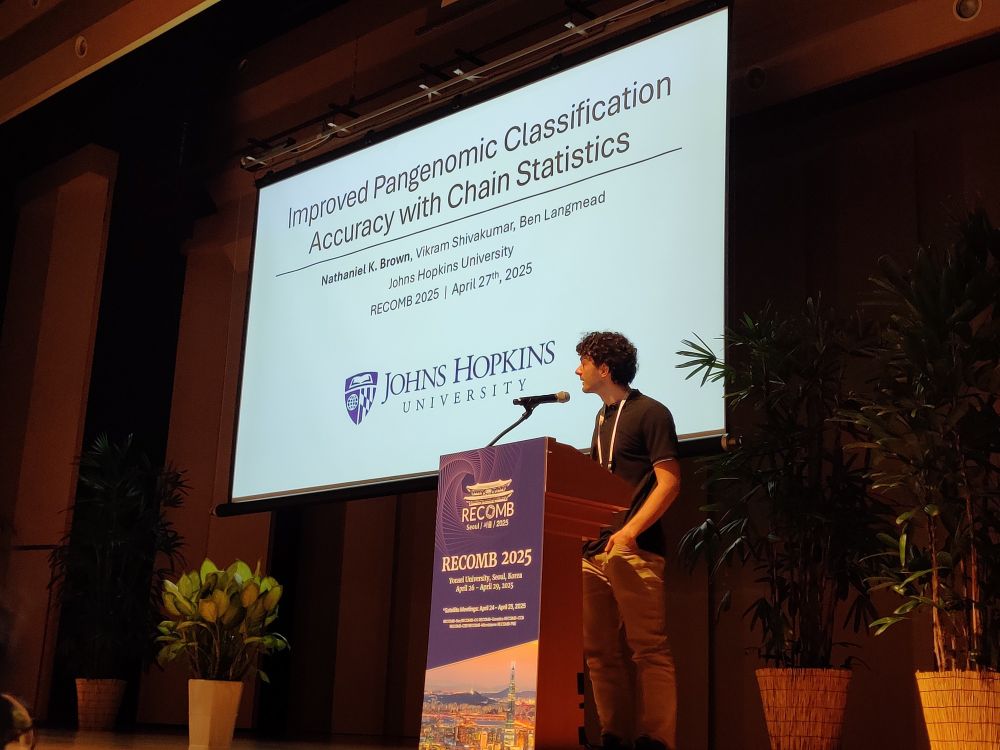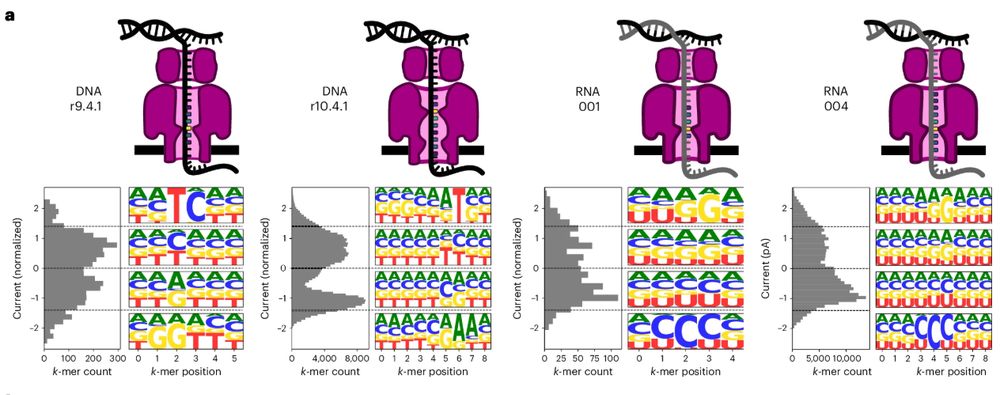Vikram Shivakumar
@vikramshivakumar.bsky.social
130 followers
110 following
19 posts
PhD Student @ JHU Langmead Lab
Posts
Media
Videos
Starter Packs
Reposted by Vikram Shivakumar
Reposted by Vikram Shivakumar
Reposted by Vikram Shivakumar
Reposted by Vikram Shivakumar
Liana Lareau
@lianafaye.bsky.social
· Aug 7
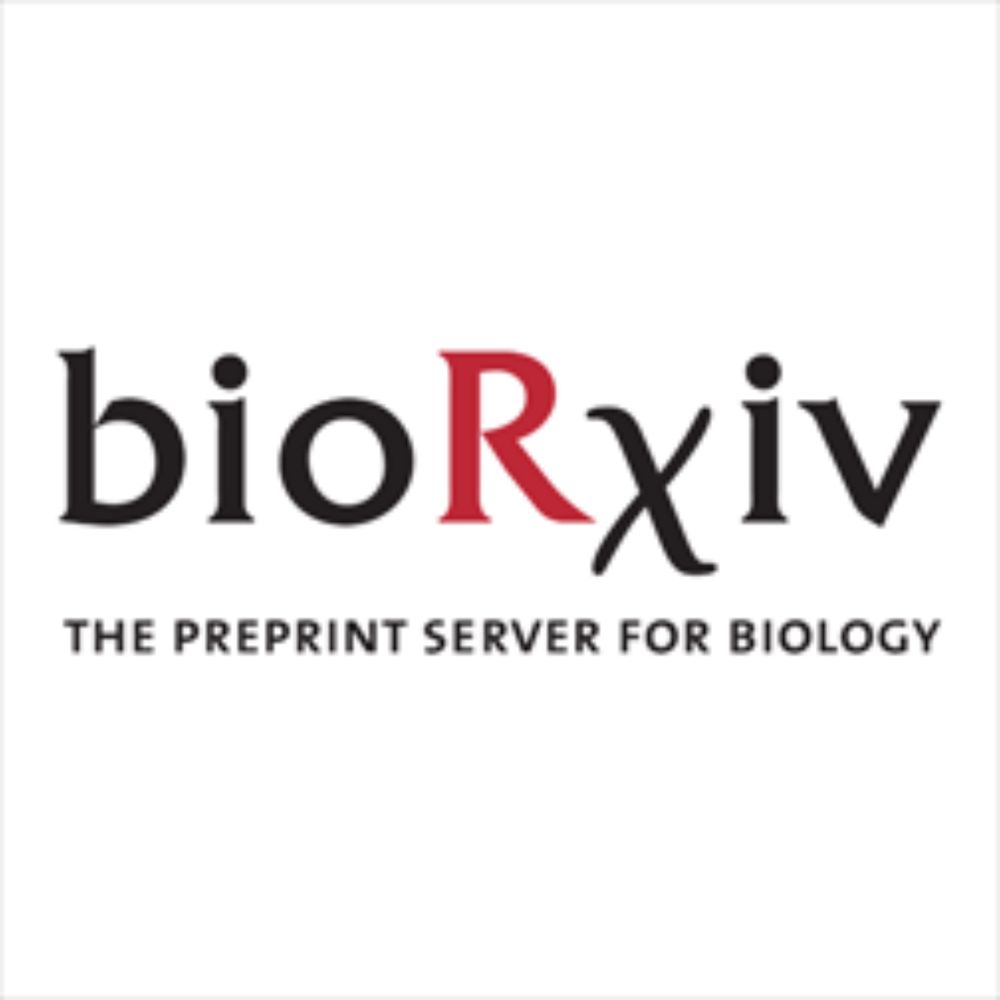
Protein language models reveal evolutionary constraints on synonymous codon choice
Evolution has shaped the genetic code, with subtle pressures leading to preferences for some synonymous codons over others. Codons are translated at different speeds by the ribosome, imposing constrai...
www.biorxiv.org
Reposted by Vikram Shivakumar
Reposted by Vikram Shivakumar
Ben Langmead
@benlangmead.bsky.social
· Jun 17
Reposted by Vikram Shivakumar
Reposted by Vikram Shivakumar
Mohsen Zakeri
@mohsenzakeri.bsky.social
· May 29
Reposted by Vikram Shivakumar
Arun Das
@arun-das.bsky.social
· May 15
Reposted by Vikram Shivakumar
Reposted by Vikram Shivakumar
Reposted by Vikram Shivakumar
Reposted by Vikram Shivakumar
Bohan Ni
@bohanni.bsky.social
· Mar 26
Integration of transcriptomics and long-read genomics prioritizes structural variants in rare disease
An international, peer-reviewed genome sciences journal featuring outstanding original research that offers novel insights into the biology of all organisms
genome.cshlp.org





